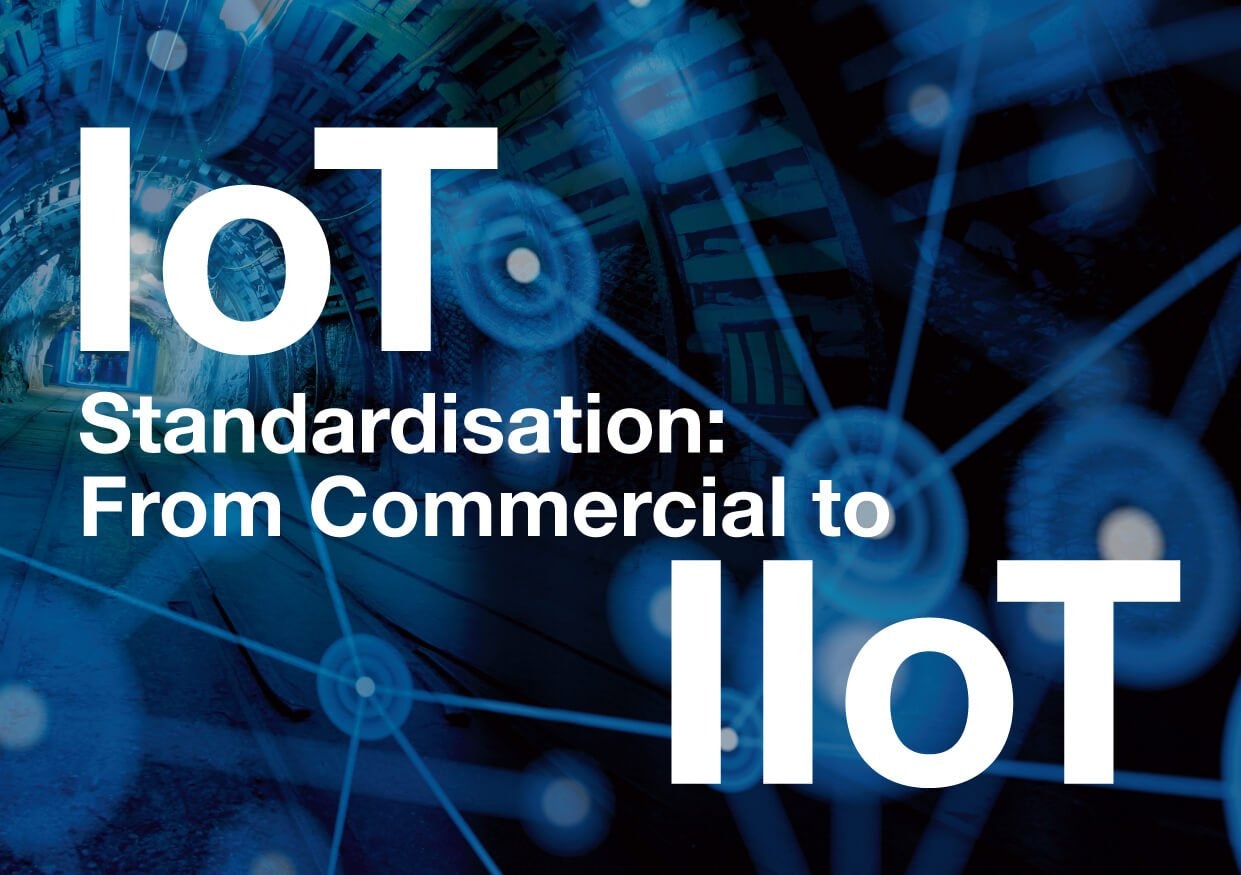IoT Standardisation: From Commercial to IIoT
The plans for IoT have been taking shape for over a decade now, but recently two main categories of IoT applications have emerged: Industrial IoT (IIoT) and commercial IoT for non-business usage.
While the former has received more coverage from us and our partners, simply due to the direct relevance, we frequently find commercial IoT to be an excellent indicator of what the future holds.
Now that commercial IoT is becoming more common and we’re seeing an ever increasing number of viable and innovative applications, one of the main questions looming over the industry is how willing the market will be to introduce this technology into their home and lives. While this question is slowly being answered by the rapid adoption of virtual assistants, security systems and smart appliances, the question of whether consumers are willing to adopt the necessary skills and knowledge that would enable them to meet the required upkeep of these applications is yet to be answered.
When it comes to IoT device management – a continuous process that includes authenticating, provisioning, configuring, monitoring and maintaining the devices’ software and firmware to ensure a long life cycle – businesses are often in a better position than individual customers. One of the reasons for this is the close relationship that businesses maintain with their suppliers, whereas private customers rarely receive direct post-sales communication unless they seek it out when a problem occurs.
To make this process more accessible, a number of experts predict that the future of IoT device management lies in standardisation. This would mean all software and hardware maintenance would be done using the same steps in the same sequence across all devices, regardless of manufacturer or service provider. The standardisation would apply to gateways, workflow application level services and connectivity enabling swift management across all countries and minimise downtime. In reality, this would mean consumers could upgrade and fix their faulty devices themselves, with little to no external help.
The proposed ecosystem of open, interplaying device management is gaining popularity rapidly and inspiring scientists to explore early versions of such a system. Currently, a small amount of companies are in the process of developing standardised programmes that would enable them to test for functionality and viability, but these projects are currently are in early stages.
One factor that Dashboard finds particularly important is how this will reflect back on IIoT, which would most likely be affected by the change as well. Standardisation would enable business clients to have significantly more control over their IoT service providers and save costs on purchasing device management services, which overall would provide enormous benefit to both streams of IoT.
